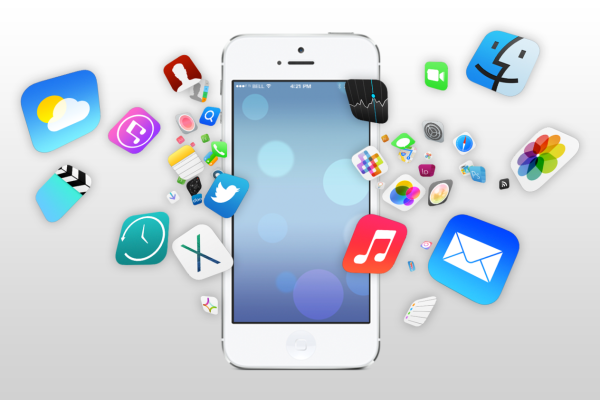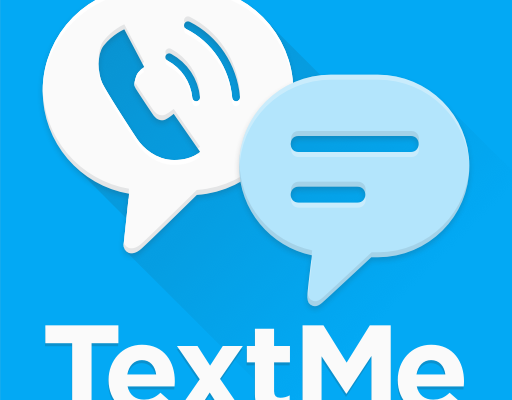Introduction Even with all the evidence supporting building your application, don’t move ahead lightly. With over 1.5 million apps between Apple’s App and Google Play Stores alone, it is crucial that you carefully consider both the mobile app development process and how your software fits with both your marketing objectives and target market segment.
Mobile App Development Lifecycle (MADL) is simply an adaptation of the Software Development Lifecycle (SDLC). Nowadays, developing mobile applications does not require advanced technical expertise; however, creating a successful app development company process typically involves extensive pre-planning.
Building your mobile app development company could be as straightforward as opening your IDE, assembling some components, running some basic tests, and uploading it to an App Store – all within half a day’s work! Or it could involve more rigorous upfront design work, rigorous device-level QA testing, usability analysis testing, and full beta lifecycle development before eventual deployment in various forms.
Your direction in choosing will bring shape to your vision. Here is an overview of app development lifecycle goals and challenges encountered along the way.
Table of Contents
Phase I: Research
Every app begins with an idea; even if that idea is simply to launch a Mobile app presence. From here, develop that concept into a tangible application by performing a preliminary evaluation of demographics, motivations, conduct patterns, and goals of your customer personas – and keep these considerations at every step of system design.
Now is the time to consider your client’s life cycle once their characteristics are clear. Once you reach them, they must be obtained, converted, retained and their loyalty nurtured accordingly. Finally, many mobile app development companies in the USA understand how your digital product may impact customer engagement.
Doing this from the outset will set your company on solid footing and give both you and your customers confidence in what lies ahead. This segment is of vital importance in mobile app development companies located within the USA as through this phase, you lay down all the necessary foundation for what lies ahead.
Before jumping right into the next segment, conducting extensive research and brainstorming are both vital steps in making sure your app stands out. Examining competitors’ apps will allow you to see which features are absent in them so that your own app stands out as unique.
Phase 2: Wireframing and Technical Feasibility Assessment
Wireframing
The Next step should be to document and wireframe the app, in order to understand future functionalities. Even though time may not be on your side at this point, drawing detailed sketches of an estimated product allows you to identify usability issues – an approach much more useful than simply tracing back your steps!
Wireframing can be an effective communique and collaboration tool in enterprise mobile app development. Once sketching is complete, wireframing helps refine thoughts by organizing all elements of design in an orderly fashion and can also identify any technical obstacles within the backend development system. This initial phase provides an excellent opportunity to deal with any technical problems for enterprise mobile app development that might be found during later development phases.
Now is the time to expand your understanding of how your proposed functions and ideas will come together into an app that works effectively. Create a roadmap or storyboard as well to demonstrate each display screen’s relationship to one another as well as how users will navigate within your app.
Seek opportunities to incorporate your logo, consider user enjoyment and keep in mind how people utilize a Mobile app versus a Mobile website.
Technical Feasibility Evaluation
While you might already understand how your app looks and operates, it’s also worth bearing in mind whether its returned-cease systems can support its functionality.
In order to assess whether your utility idea is technically viable, you need to access public APIs. An app may have different requirements based on its format (phone, pill or wearables) as well as platform (like IOS app development companies ).
By the end of this exercise, your group may come up with new ideas or realize some initial functionality is no longer viable. At this point, brainstorm briefly before asking any further questions and evaluating its success.
Phase Three: Prototype and Design
Prototype
Construct a rapid prototype. Timely is key here if you want to recreate an engaging touch experience for users who touch and interact with your App.
Build a prototype that places your app idea directly in the hands of consumers as soon as possible to determine how it performs for common use cases. Wireframes should serve this purpose well for this stage.
This will enable you to evaluate if you are heading in the right direction. Engaging key stakeholders with this system by having them touch a prototype can give valuable feedback that will impact your work directly and allow for the implementation of their suggestions. In addition, providing exclusive stakeholders an exclusive first look at your app will give them an early understanding of it while validating all data collected so far.
Design
Once this step is out of the way, coding can begin. Your user experience (UX) designer will architect interactions between design factors while your personal interface (UI) designer creates the look and feel of your app. This multistep process features various stages for evaluation.
What you end up with are blueprints and visual paths, providing engineers with a roadmap of the final product and how interaction should occur. Depending on the nature and scale of your assignment and app budget, this design phase may take anywhere from an afternoon to several days or longer for completion.
So remember to create multiple variations of a display screen by playing around with different arrangements for navigation, buttons, and other visual elements. The more varied your product is, the higher the chances that its UX will be authentic. Application designing will prove a multi-step process; your results must provide clear visual instructions depicting an abstraction of the final product.
Phase 4: Research and Design Testing
Develop
The development phase often commences early on. Once an idea has received some conceptual refinement, a working prototype should be created that validates functionality, and assumptions, and provides information about labor requirements.
As development proceeds, an app must pass through several stages. At first, only center functionality may be tested; non-core capability could exist at this point but may never be fully utilized at first. At later stages, more of its capabilities proposed by designers become reality.
After light testing and problem resolution have taken place, but some issues might still exist, the app should be released to an established group of customers for additional testing. In this step, an external beta group is invited to try it out and provide feedback.
Once bugs in the second level have been addressed, your app will move onto deployment for release. For complex challenges where customer requirements frequently change, consider adopting agile as the preferred methodology.
Agile development enables flexible planning, agile improvement, early deployment and steady upgrades of large utilities into modular pieces, and android app development agency whose respective agile methods may then be carried out individually.
Testing
Testing and often during mobile app development is important in keeping costs under control – the longer you procrastinate fixing bugs the higher their price will become.
Referencing original design documents while developing test cases is essential in application testing. Be sure that your team covers all essential aspects such as usability, compatibility, safety, interface tests, strain and overall performance tests for software products.
Consumer Acceptance Testing allows you to assess whether or not your Mobile app works as intended for its intended users or no longer. To accomplish this task, provide your app to humans from your target audience and pose relevant questions.
Once your application passes the user acceptance test, it’s clear: your solution “works.” Next step? Making your app available for a beta trial either through enrolling recognized organizations or open solicitations of members; customer comments obtained during these beta trials will help identify whether its features work effectively under real world conditions.
Phase 5: Deployment
Your app is almost ready to be released; select a date and plan its release accordingly. Each utility store may have different regulations regarding software releases – be aware, though, that mobile app development doesn’t end at release!
As soon as your software reaches customers, comments from them will begin coming in, which must then be integrated into future versions of it. Each app requires updates and new capabilities.
As soon as the initial version of an app is released, its development cycle often begins again. Be sure that you have sufficient resources available to you so as not to jeopardize its development; keep in mind that creating virtual products requires long-term dedication.





